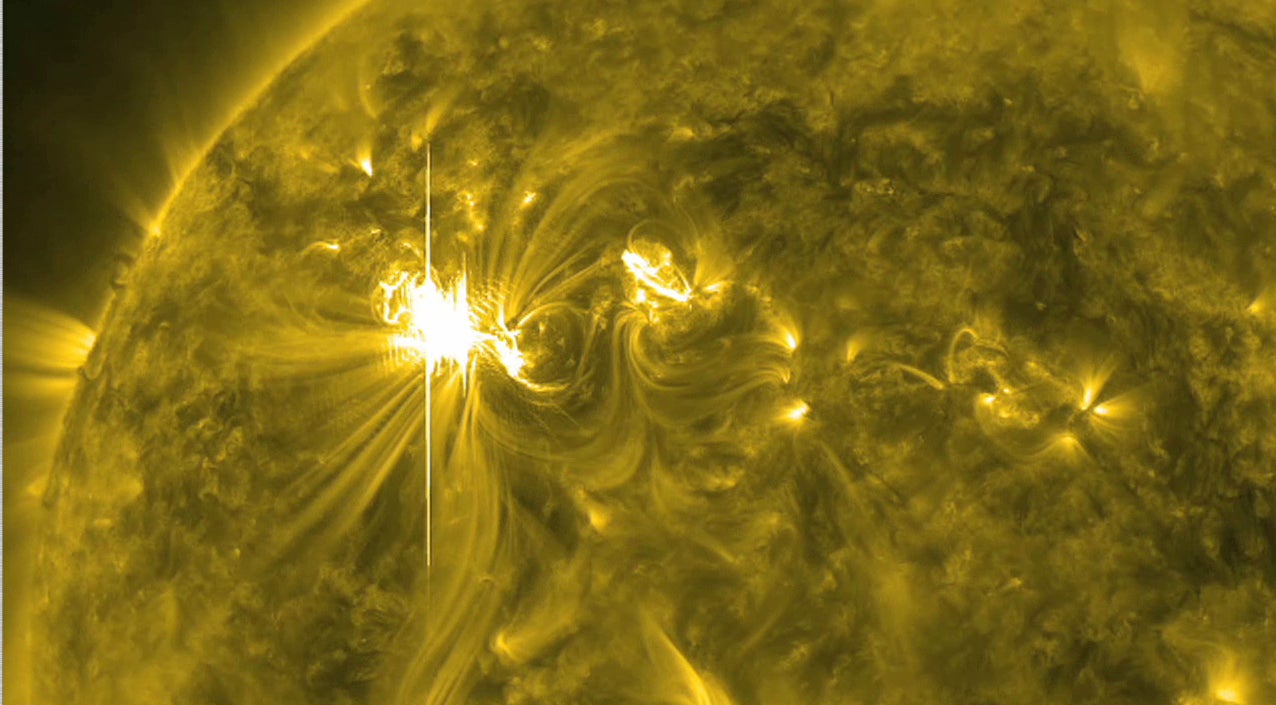Middle-aged stars experience ‘midlife crisis’ when their rotation rate slows down, says study
At about the age of the Sun, magnetic field generation mechanism of stars may become ‘sub-critical or less efficient.’

Your support helps us to tell the story
From reproductive rights to climate change to Big Tech, The Independent is on the ground when the story is developing. Whether it's investigating the financials of Elon Musk's pro-Trump PAC or producing our latest documentary, 'The A Word', which shines a light on the American women fighting for reproductive rights, we know how important it is to parse out the facts from the messaging.
At such a critical moment in US history, we need reporters on the ground. Your donation allows us to keep sending journalists to speak to both sides of the story.
The Independent is trusted by Americans across the entire political spectrum. And unlike many other quality news outlets, we choose not to lock Americans out of our reporting and analysis with paywalls. We believe quality journalism should be available to everyone, paid for by those who can afford it.
Your support makes all the difference.Middle-aged stars undergo a “midlife crisis” when they experience dramatic breaks in their activity and rotation rates, according to a new study which suggests that the Sun may be heading towards a less magnetically active future.
Astronomers have long thought the decrease in rotation rate of stars happens gradually over billions of years in a smooth and predictable manner, enabling the estimation of the age of a star from its rotation period by using a tool known stellar gyrochronology.
This slow down in rotation, caused by the escape of a steady stream of charged particles called stellar winds, also leads to altered magnetic fields and less stellar activity including fewer sunspots, flares, and outbursts, studies have shown.
However, scientists including Dibyendu Nandi from the Indian Institute of Science Education and Research (IISER) Kolkata, say this intimate relationship breaks down around a star’s middle age.
In a new study, published today in the journal Monthly Notices of the Royal Astronomical Society: Letters, the researchers used dynamo models of magnetic field generation in stars to show that at about the age of the Sun, the magnetic field generation mechanism of stars suddenly becomes “sub-critical or less efficient.”
According to the scientists, a middle aged star like the Sun, can often exist in two distinct activity states – a low activity mode and an active mode.
They say switching to the low activity mode can drastically reduce angular momentum losses by magnetized stellar winds.
“This hypothesis of sub-critical magnetic dynamos of solar-like stars provides a self-consistent, unifying physical basis for a diversity of solar-stellar phenomena, such as why stars beyond their midlife do not spin down as fast as in their youth, the breakdown of stellar gyrochronology relations, and recent findings suggesting that the Sun may be transitioning to a magnetically inactive future,” Mr Nandi said in a statement.
The scientists believe the findings may help explain the existence of low activity episodes in the recent history of the Sun such as the Maunder Minimum around 1645 to 1715 when very few sunspots were observed, and also help predict the potential long-term future of our stellar neighbour.
Join our commenting forum
Join thought-provoking conversations, follow other Independent readers and see their replies
Comments